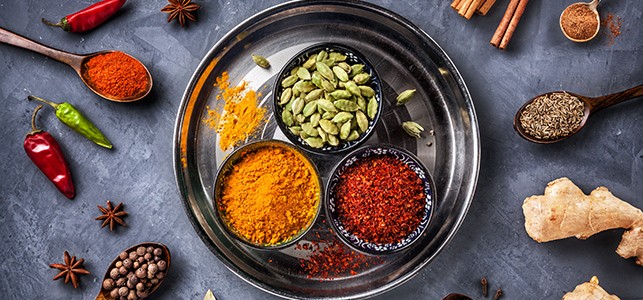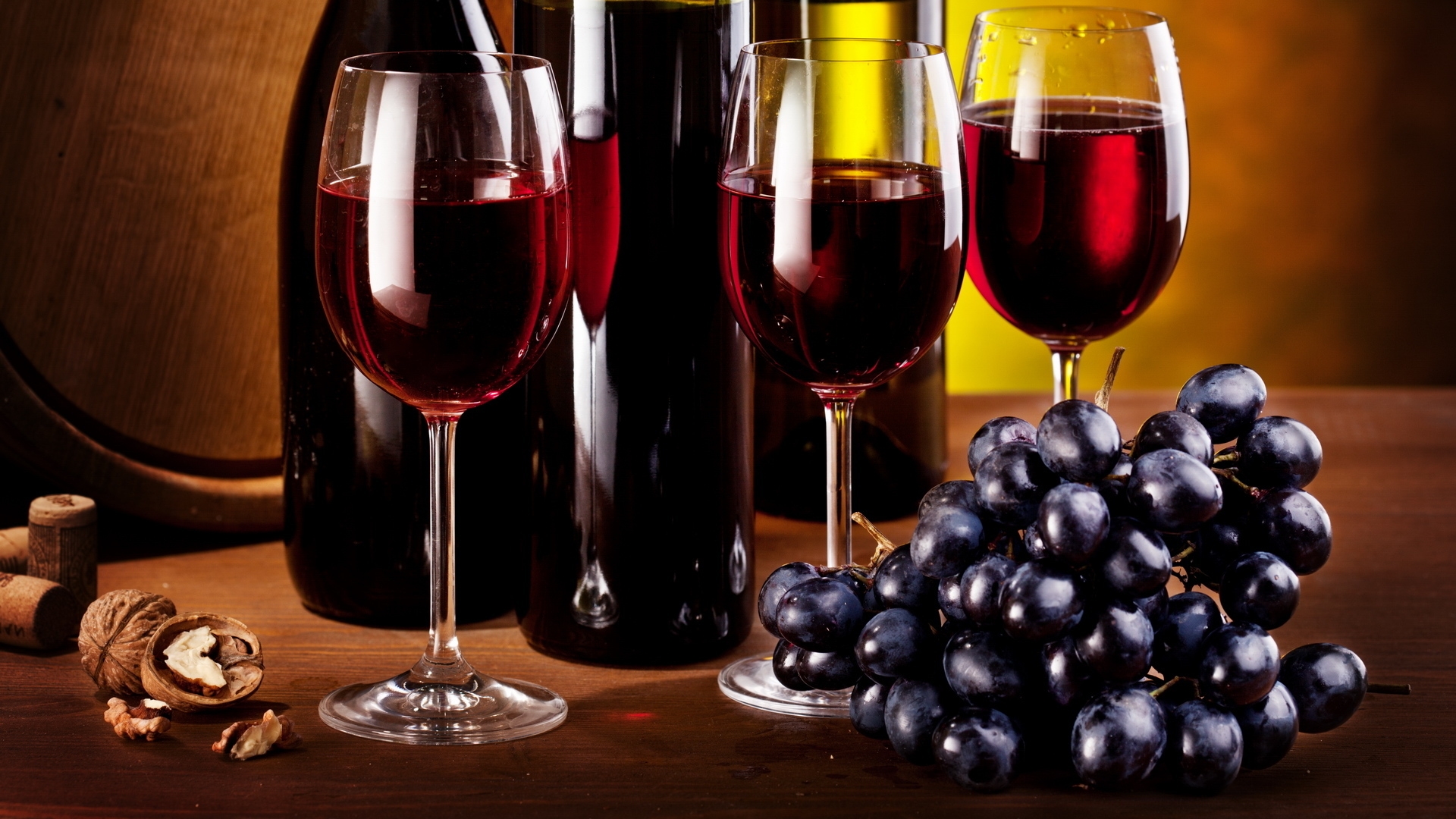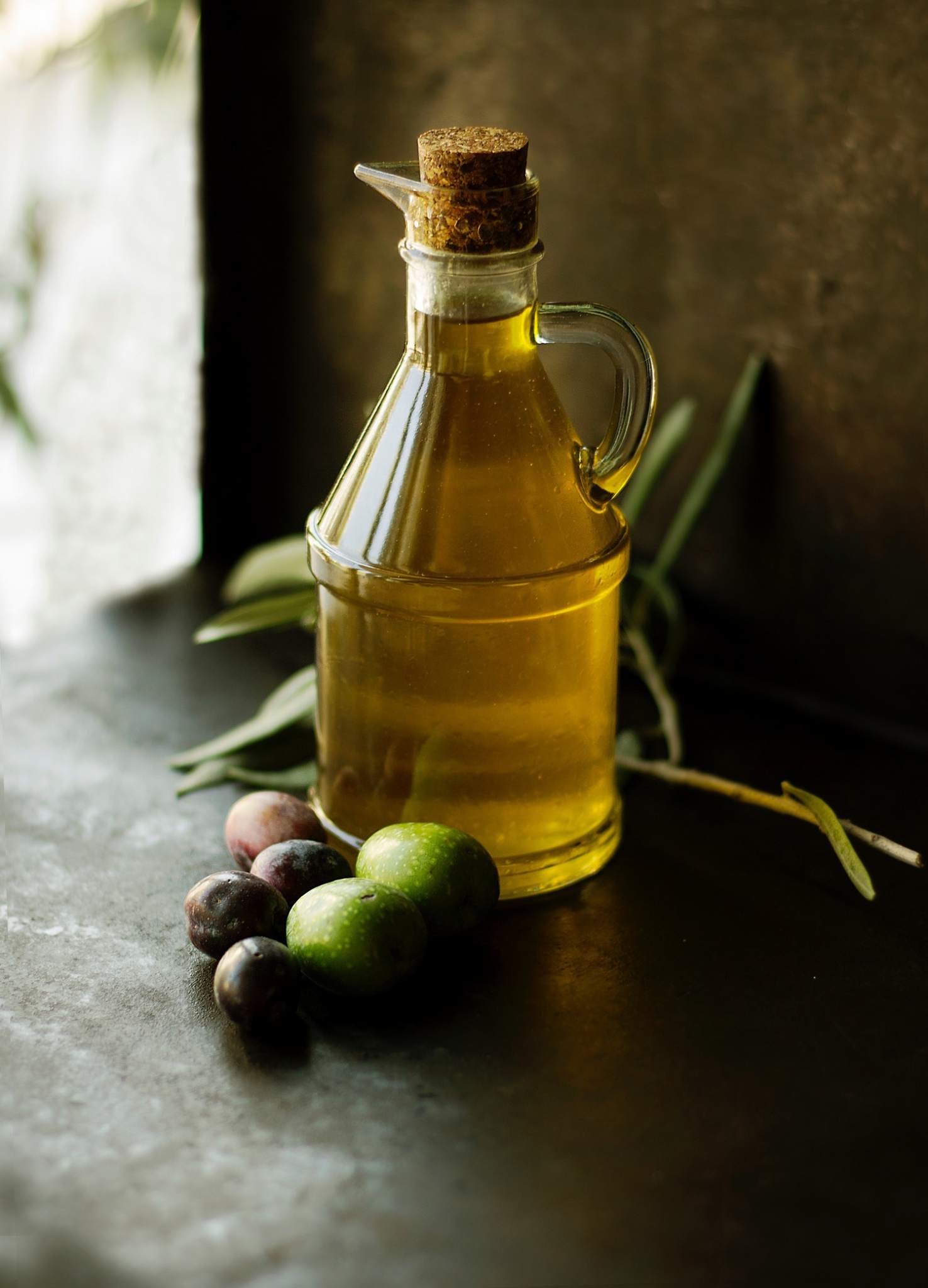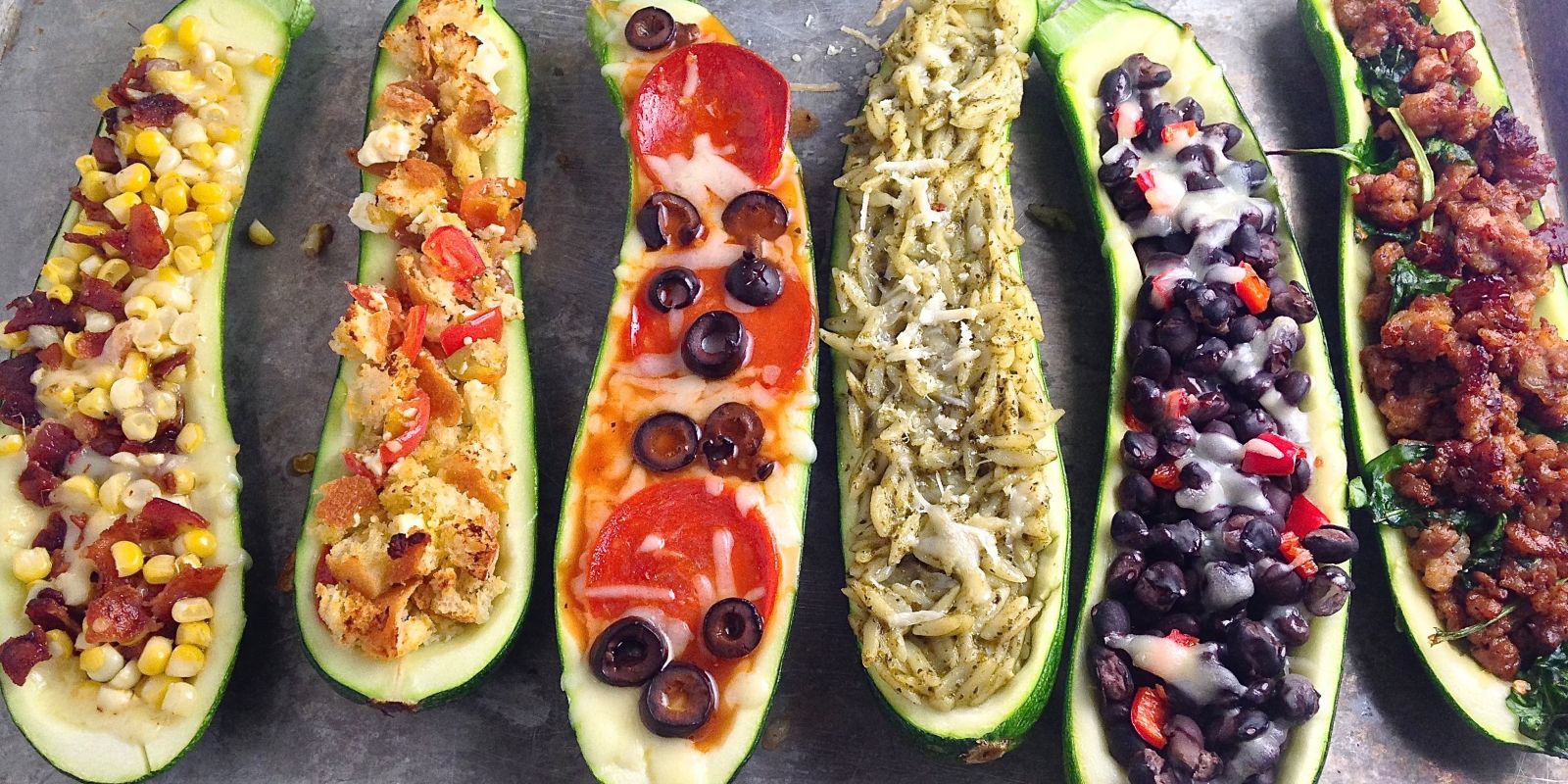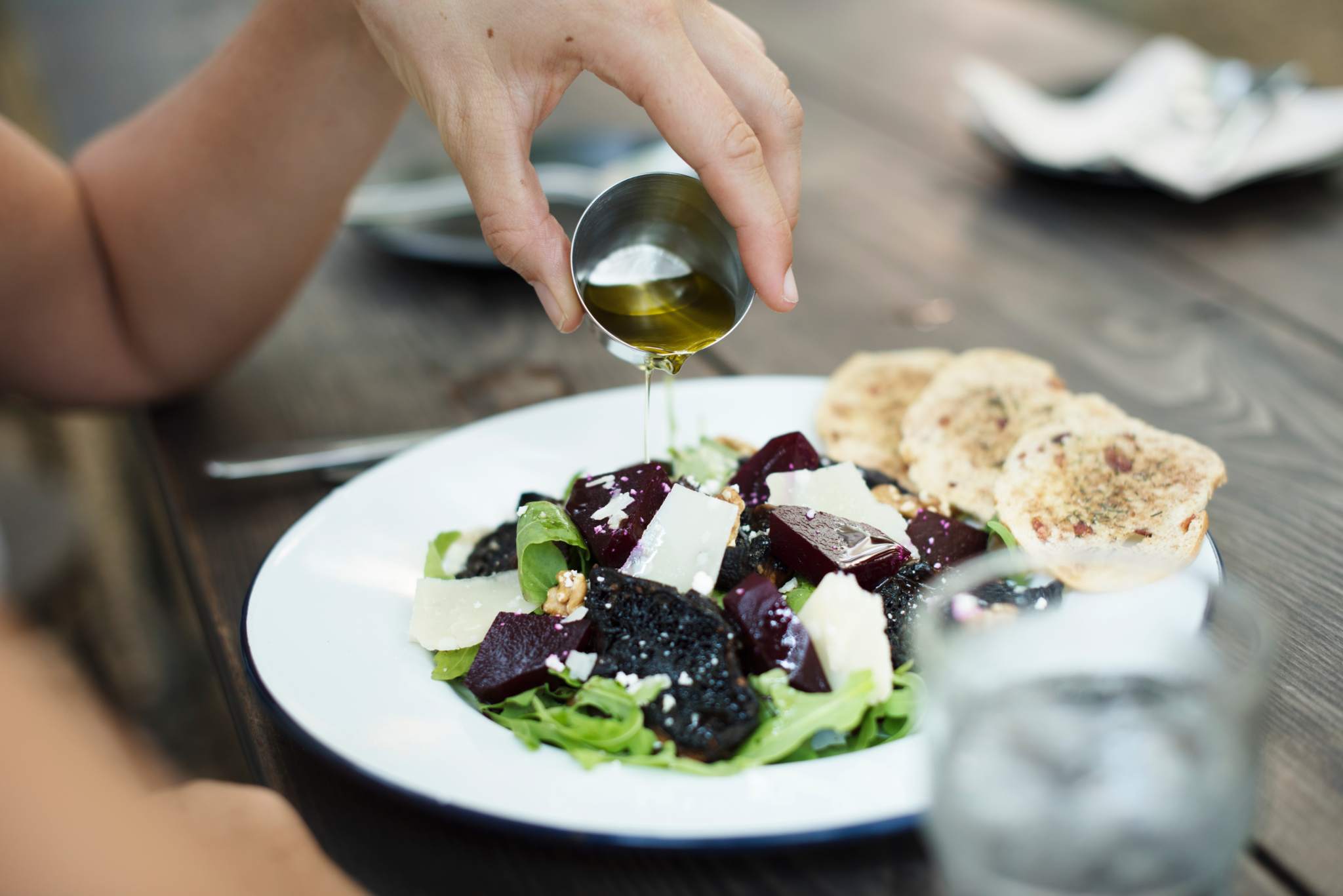Every food and herb has its own particular taste, and each taste is composed of a combination of elements. Each dosha is a mixture of the basic elements; so in order to balance each dosha, one should ingest or take in substances – foods and herbs – that contain elements which counteract or balance the prominent elements.
For instance, if one is too hot, one takes in cooling substances such as milk, most fruits, and wears white or blue colors. If one is cold, one takes in warming substances like hot drinks, heating spices and wears warming colors like orange and red.
ELEMENTS, TASTES and their QUALITIES
Bitter Taste – Ether + Air – Dry, Cold and Light (Artichokes, cranberries – not common in foods, more in herbs)
Pungent Taste – Air + Fire – Dry, Hot and Light (Chili peppers)
Salty Taste – Fire + Water – Damp, Hot and Heavy (Salt, seaweed)
Sweet taste – Water + Earth – Damp, Cold and Heavy (Sugar and honey, and mild foods like rice and wheat)
Sour Taste – Earth + Fire –- Damp, Hot and Light (Lemons and limes)
Astringent Taste – Earth + Air – Dry, Cold and Heavy (not common in foods, common in herbs – alum, pomegranate and grapefruit skin)
Sweet, salty and sour are the most common tastes in foods and are more building to the tissues. Pungent, bitter and astringent are more common tastes in herbs and are more detoxifying. These flavors in foods should be used sparingly.
ACTIONS OF THE SIX TASTES
Sweet Taste – Increases Kapha, and decreases Pitta and Vata. Excessive use produces Kapha ailments such as obesity, heaviness, water retention, cold, constipation, nausea, congestion. Pitta and Vata constitutions need more sweet taste than Kapha. Sweet taste is cold, damp and heavy.
Sour Taste – Increases Pitta and Kapha, decreases Vata. Excess use produces thirst, causes acidity, toxic blood, increases heat and other ailments. Better for Vata individuals in proper amounts. Sour taste is hot, damp and light.
Salty Taste – Increases Pitta and Kapha and decreases Vata. Excess use aggravates Pitta, damages the blood and causes a number of ailments. Vata needs more salty taste. Salty taste is hot, damp and heavy.
Pungent Taste – Increases Pitta and Vata, reduces Kapha. It is hot, dry, and light. Excess use can cause weight loss and burning feelings.
Bitter Taste – Increases Vata and decreases Pitta and Kapha. Detoxifying, and dry, cold, and light. Excess use causes Vata disorders, and should be taken in small quantity.
Advertisement
Astringent Taste – Increases Vata and decreases Pitta and Kapha, is dry, cold, and heavy. Detoxifying but in excess causes Vata disorders, use in small quantity.
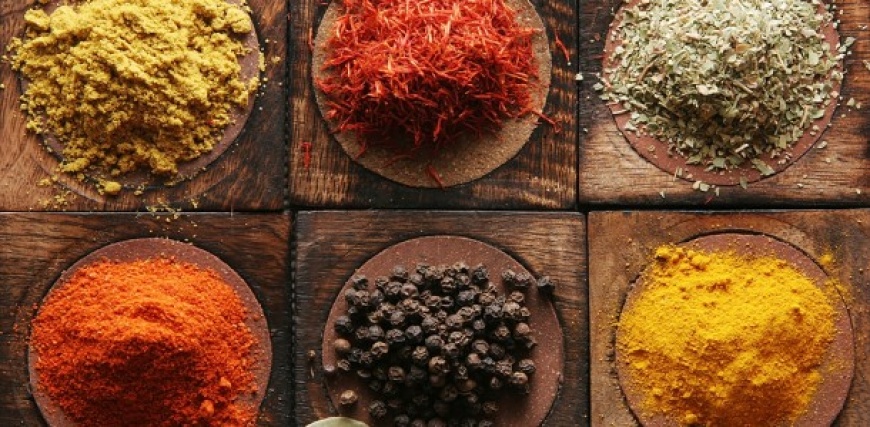

To Treat Vata
Since Vata is by nature cold, dry and light, persons with predominance of Vata in constitution need to increase warmth, moisture, and heaviness. Therefore foods with these qualities should be eaten, emphasizing sweet, sour and salty tastes, the use of warming spices, and the environment should be warming, grounding, and promote stability.
Warm and bright colors like yellow, orange, white and some red are good, as are pastels and some warm greens and blues. Dark colors like brown, navy blue and black should be avoided.
Warming, calming and clearing aromas are best for Vata, some examples are: Sandalwood, camphor, wintergreen, cinnamon, nutmeg, eucalyptus, cardamom, orange, lavender. Many aromas in the form of essential oils, incense and plants are good for Vata.
To Treat Pitta
Pitta is hot, moist, and light, and needs to be counteracted with substances that are cool, heavy and a little dry. Foods should include the sweet, bitter and astringent tastes, without hot spices. The environment should be cooling, calming and peaceful.
Cooling and pacifying colors like blue, green, lighter shades of lavender, and white are best. Bright, hot or neon colors should be avoided. Cool gray and medium browns are all right but very dark colors, especially black, should be avoided. Cool pinks are all right, too, in moderation.
Cooling, sweet and flower aromas are best. Some examples are: Sandalwood, vertiver (Khus), rose, jasmine, lemongrass, orange, lime, coriander, hina, peppermint, jatamansi (spikenard), and chamomile. Any sweet smelling flowers are good for Pitta.
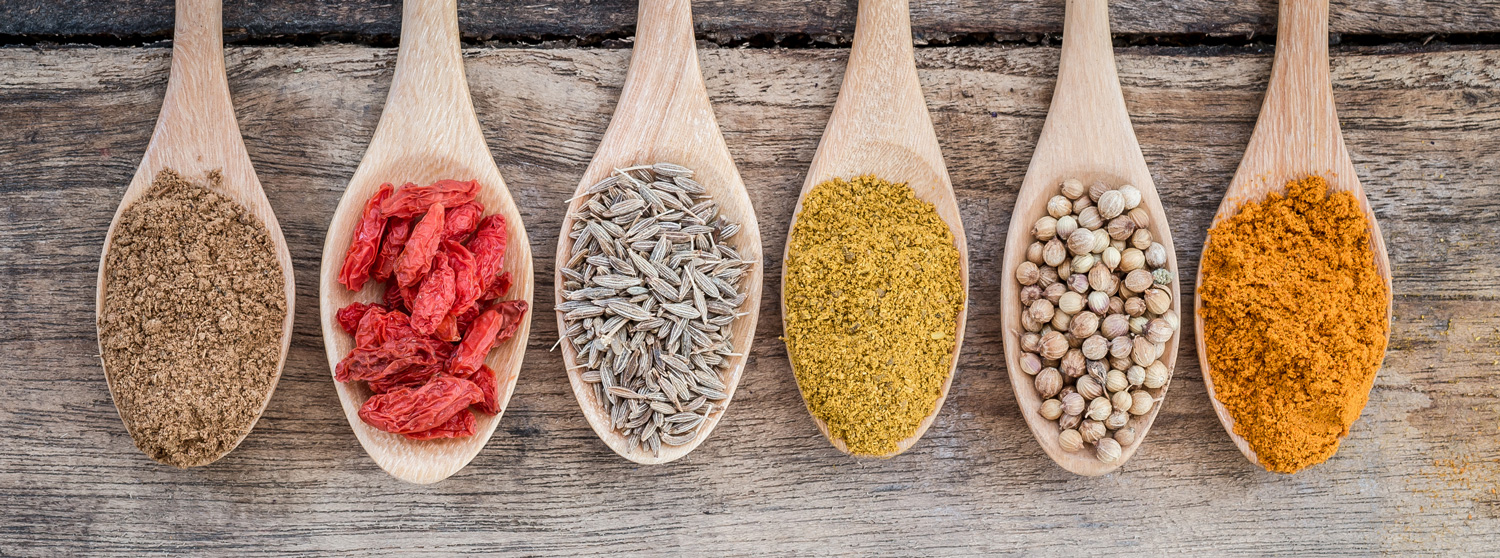

To Treat Kapha
Kapha is cold, moist and heavy, and needs lightening, warming, and drying. Foods should emphasize pungent, bitter and sour tastes, and should be light and dry. Hot spices are good, as is skipping meals occasionally. The environment should be energizing, bright and warm.
Light, bright colors like yellow, gold, orange, and red are best. Very warm browns and rusts are all right, but white and cool colors or very “sweet” colors like baby blue and pink should be avoided. Gray and brown are acceptable in moderation, as well as purple.
Energizing, stimulating and cleansing aromas are best; examples are: Cinnamon, cedar, cloves, camphor, basil, orange, pine, rosemary, ginger, nutmeg, juniper, eucalyptus and clary sage.
Advertisement
Note: Most essential oils have many qualities, and are often balancing even to opposites. Therefore one oil may be good for many conditions.
Read the original article here






